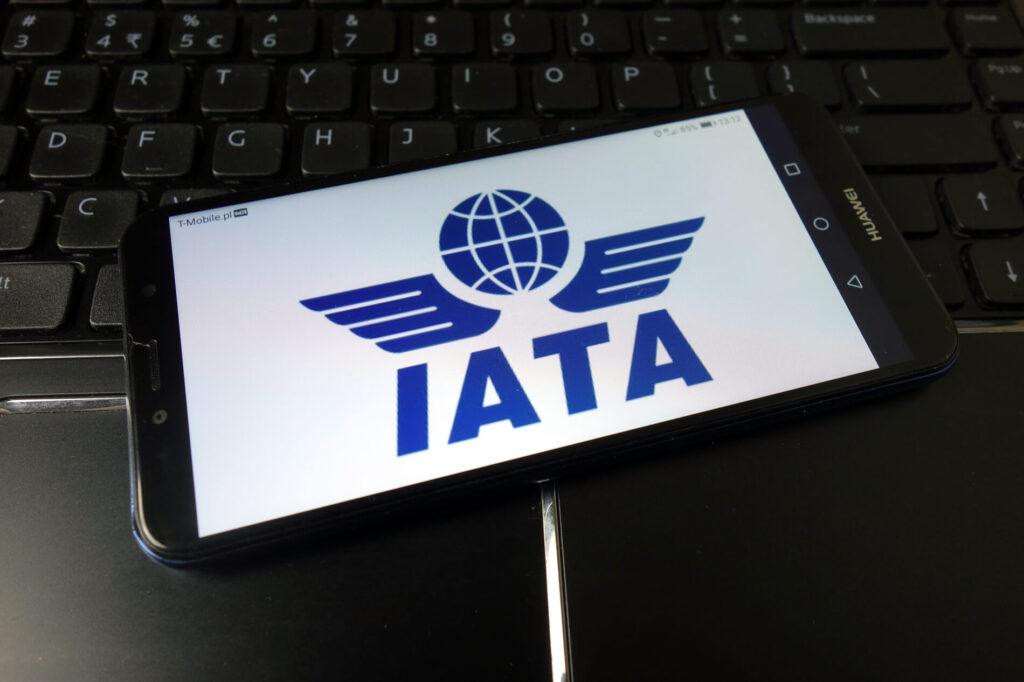As the current crisis continues, the International Air Transport Association (IATA) announced a worsening forecast for the airline industry losses in 2020.
On November 24, 2020, IATA issued an economic performance report of the airline industry, indicating that losses are set to worsen. The industry body predicted that airlines are set to finish 2020 with $118 billion of losses. In July 2020, IATA indicated that the industry was forecast to lose $84.3 billion in 2020. However, all is not doom-and-gloom, as the association predicted that losses could be cut to $38 billion in 2021.
With passenger traffic dropping significantly, revenues are estimated to fall by 66% in 2020, which is the largest decline since the Second World War. Throughout the year an estimated $347 billion will be spent by tourists traveling by air, which is 59% less than in 2019. In 2021, the tourist spending should increase to $559 billion and come back to the levels last seen since 2012.
Aircraft manufacturers are predicted to complete the delivery of 800 new aircraft before the end of the year. That is approximately half of all planned deliveries at the beginning of 2020. IATA predicts that in 2021, airlines will take delivery of 1302 new aircraft, which is close to the numbers of 2019. Nevertheless, more delivery delays and order cancellations are to be expected as the demand will continue to recover slowly.
IATA estimates that the total employment by airlines will decline to 1.9 million in 2020.
Air cargo is expected to continue showcasing resilience, in part due to the role that it will have in vaccine distribution. Cargo volumes are expected to grow from 54.2 million tons in 2020 to 61.2 million tons in 2021, almost matching the 61.3 million tons carried in 2019.
Strict cost-cutting measures and an increase in demand could lead to the industry being cash-positive as early as Q4 of 2021. A possible vaccine is expected to be a turning point but as its distribution poses challenges, the recovery will take time, according to the association.
Effect on different regions
While the current crisis affected airlines all across the globe, some countries and regions will be affected to a different extent. North America, which boasts a large domestic market, is expected to recover quicker in 2021. The net profit margin will improve to -6.8% from an expected margin of -41.4% in 2020.
Europe, struggling with new lockdowns and travel restrictions due to the second wave of the pandemic, could see a slower recovery. Net losses in the region are estimated to go from $26.9 billion in 2020 to $11.9 billion in 2021.
Asia-Pacific region, despite the fact it was hit by COVID-19 first, should see a quick recovery. Big domestic markets in China and India have already recovered to pre-pandemic levels, according to IATA. Net losses in 2021 are forecast to decline to $7.5 billion, almost one-fourth of the losses in 2020.
Middle Eastern airlines rely on international flights, thereby the recovery in the region could be slower. The industry could see losses rise to $7.1 billion in 2020 and $3.3 billion in 2021.
Latin America’s recovery is also expected to be slow as some airlines were already facing financial difficulties prior to the pandemic. The region is forecast to post a $3.3 billion net loss in 2021, compared to $5 billion in 2020.
Future challenges
To restitute the mobility and freedom of movement, the next big challenge for the aviation industry is the safe re-opening of borders using the rapid antigen testing technology. IATA also emphasized the importance of preparedness for vaccine distribution.
“Borders must be open for distribution, cold-chain logistics facilities need to be available with trained staff, and security measures must be air-tight. On top of that, passenger operations with belly capacity must be scaled-up. This will be the largest and most complex logistical exercise ever,” said the outgoing IATA director general and CEO Alexandre de Juniac.
De Juniac outlined the critical need for financial support for the aviation industry. He inclined governments to continue supporting airlines, but in forms that would not further increase the companies’ debts.
“The $173 billion in financial support has saved countless jobs and averted mass bankruptcies. This was an investment in recovery—not just for airlines but for the economy as a whole. Every aviation job supports 29 others. A full global recovery from this crisis will be significantly compromised without the economic catalyst of aviation,” said de Juniac.

